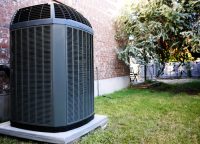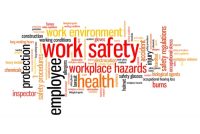Finding Someone to “Talk Shop” with, in a Safety Department of One
Occupational safety can be a lonely profession. Many safety professionals are a department of one, laboring alone in an area many other professionals don’t really understand. So, outside the occasional conference or lunch with your counterpart from a different company, where does an EHS professional find someone to “talk shop” with?










